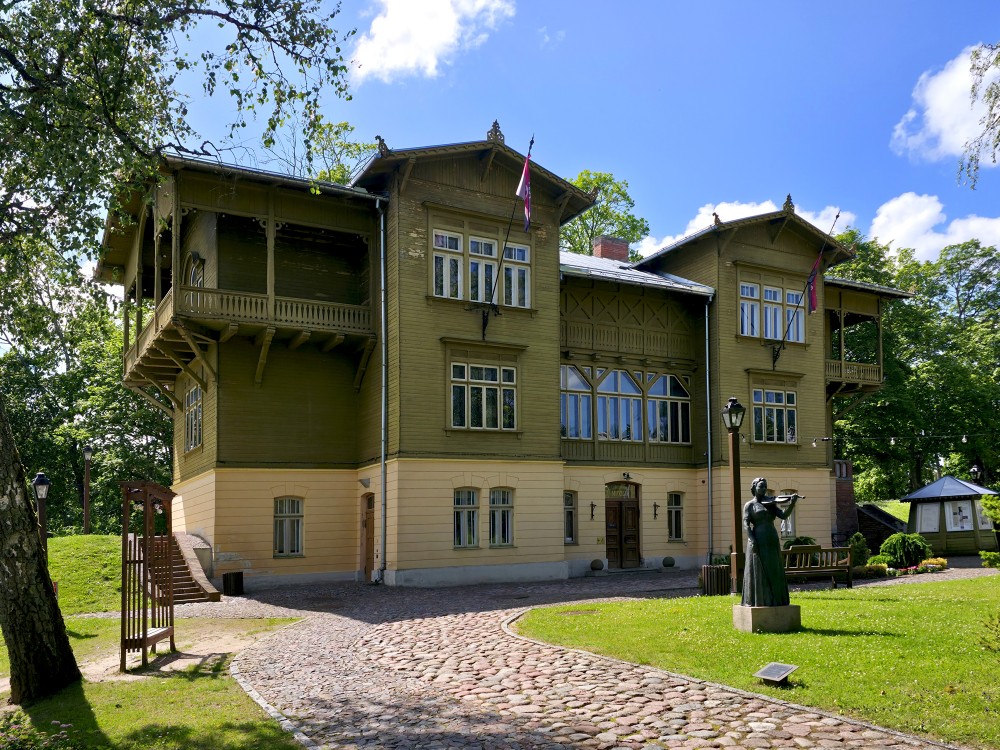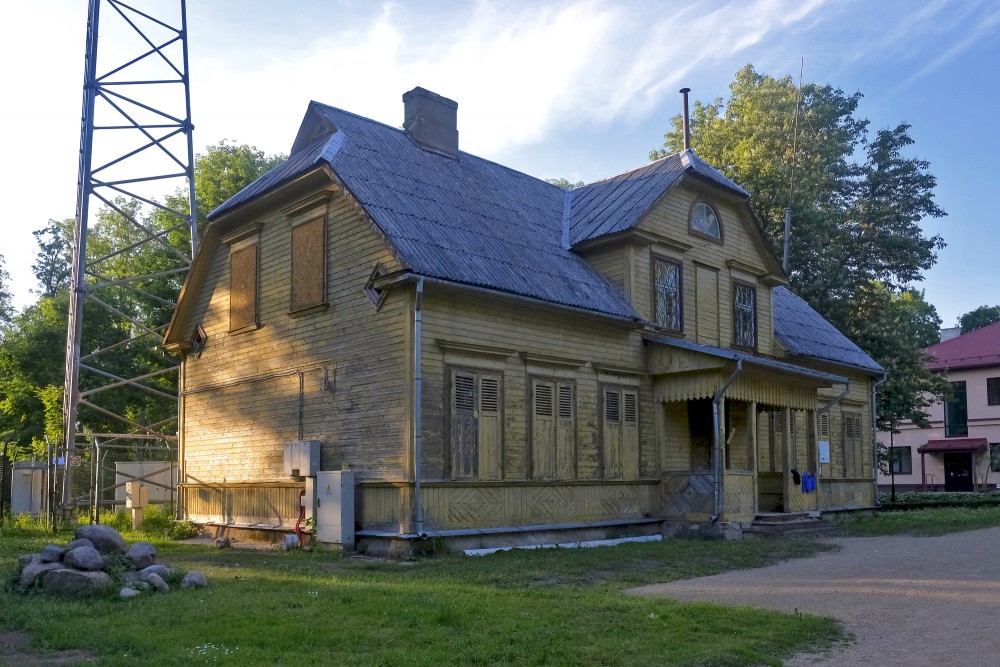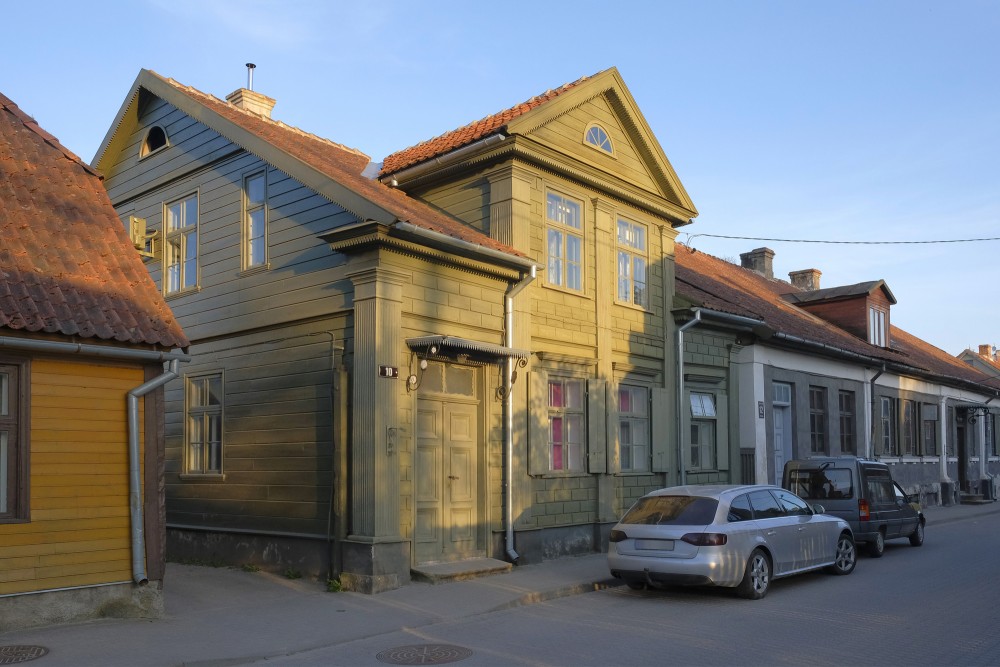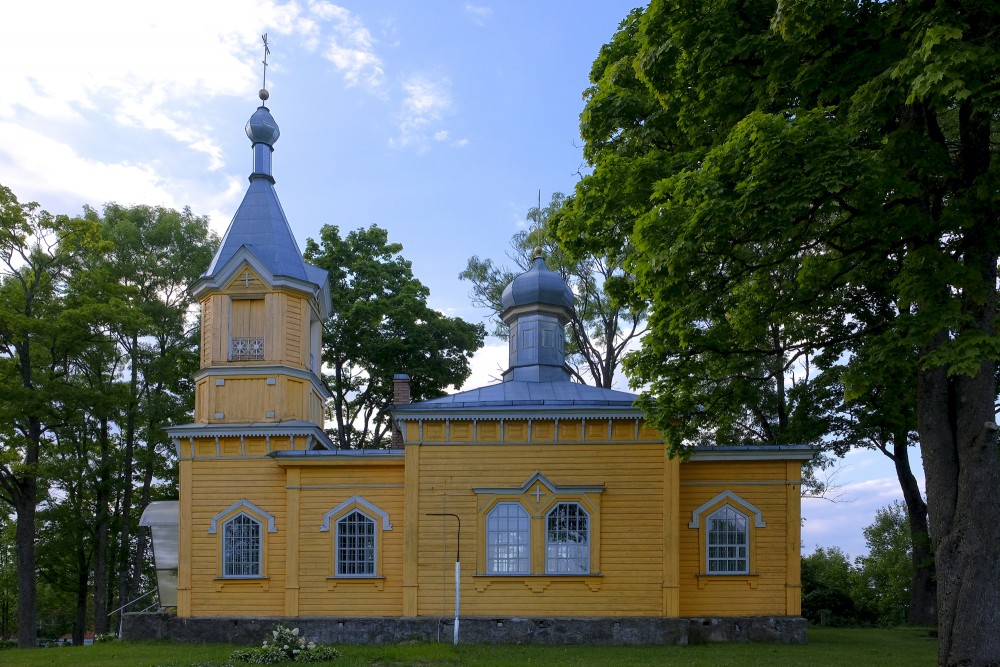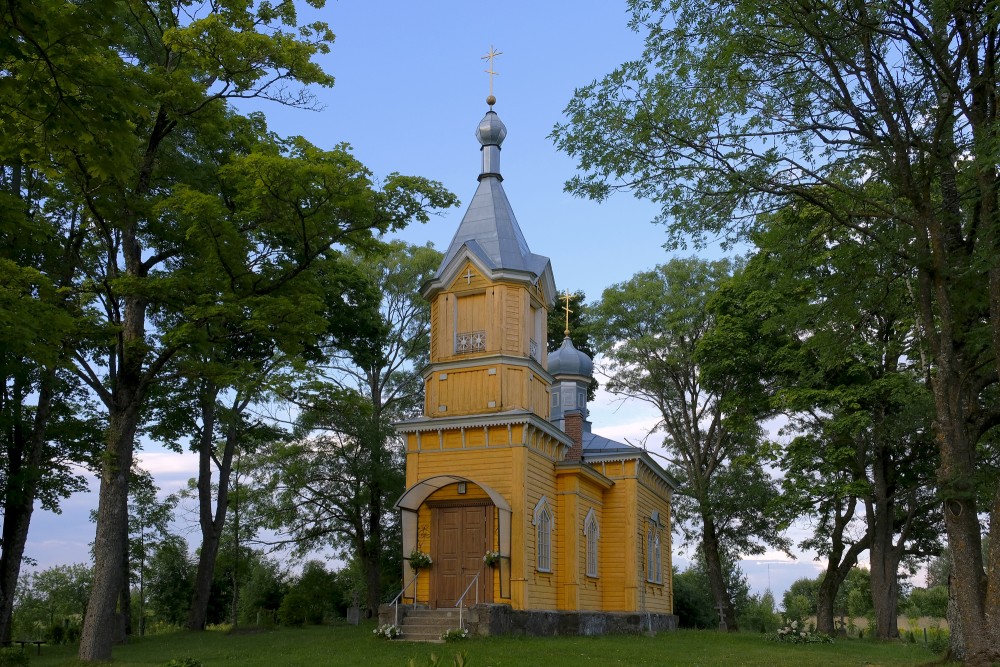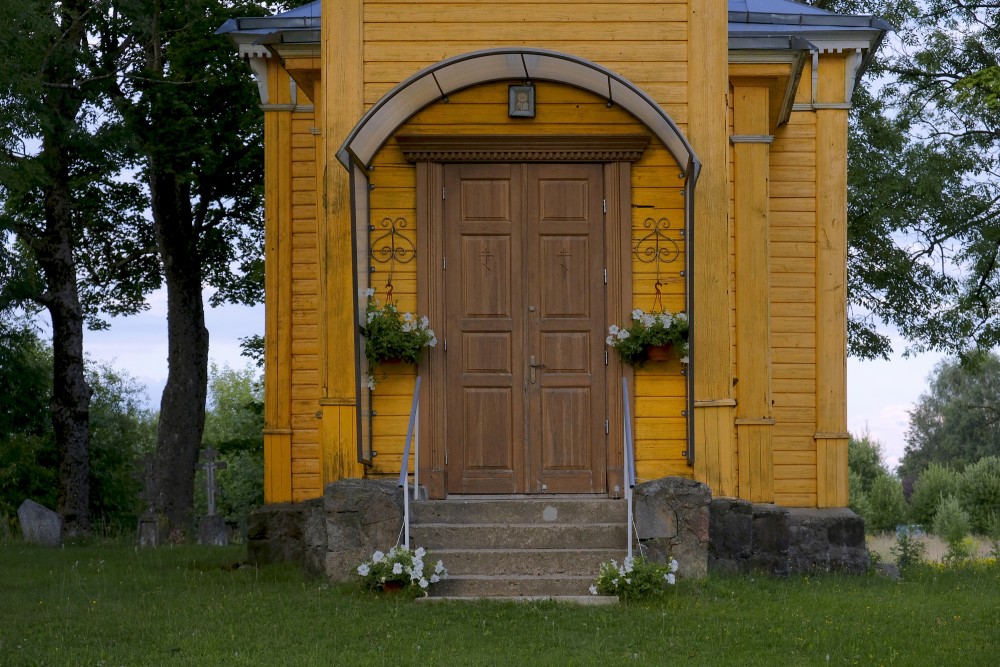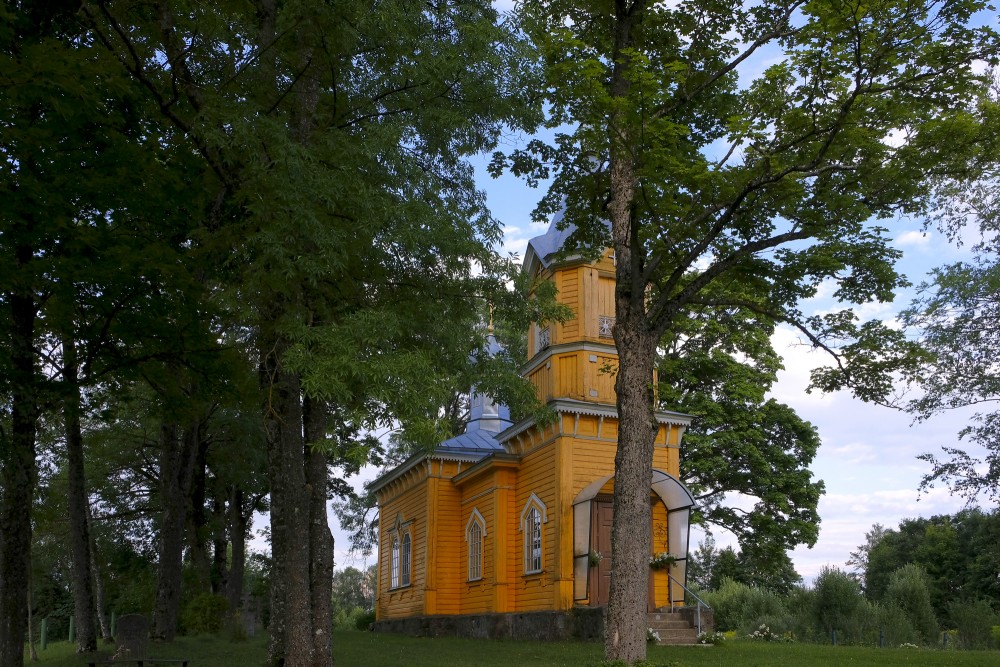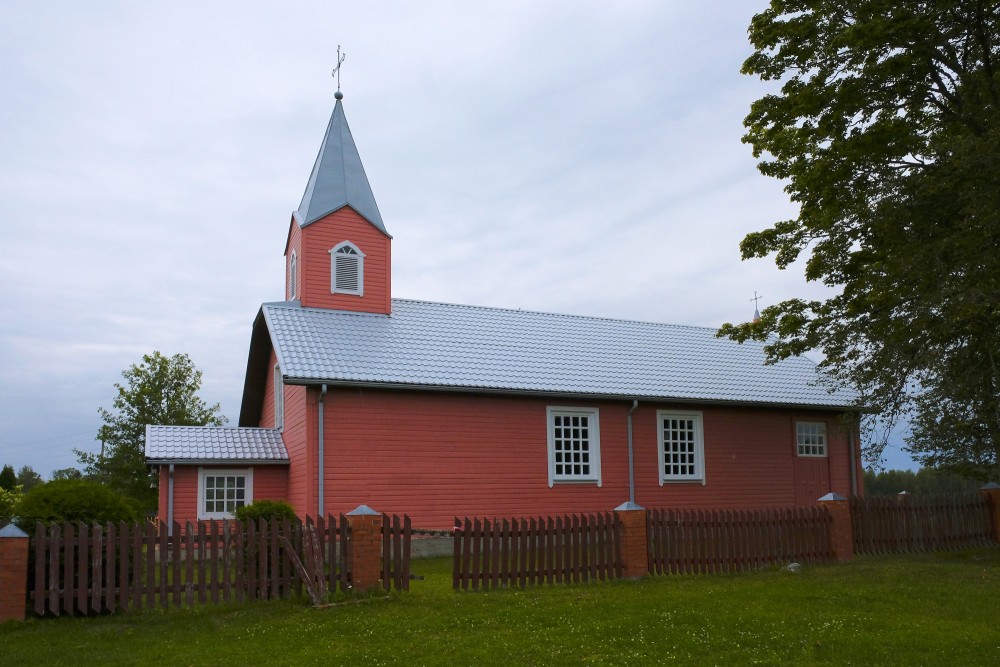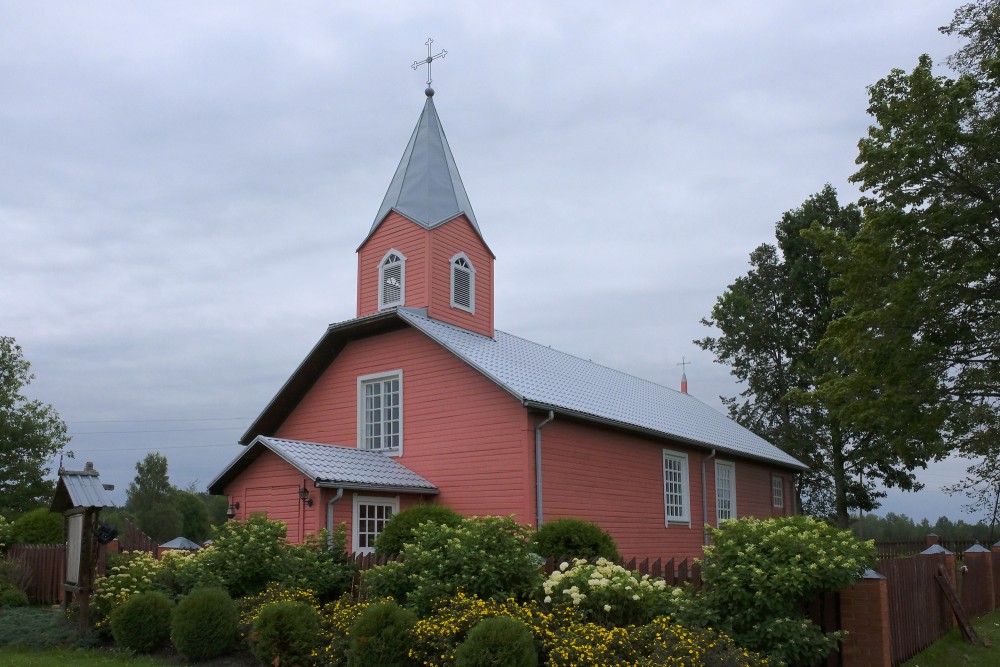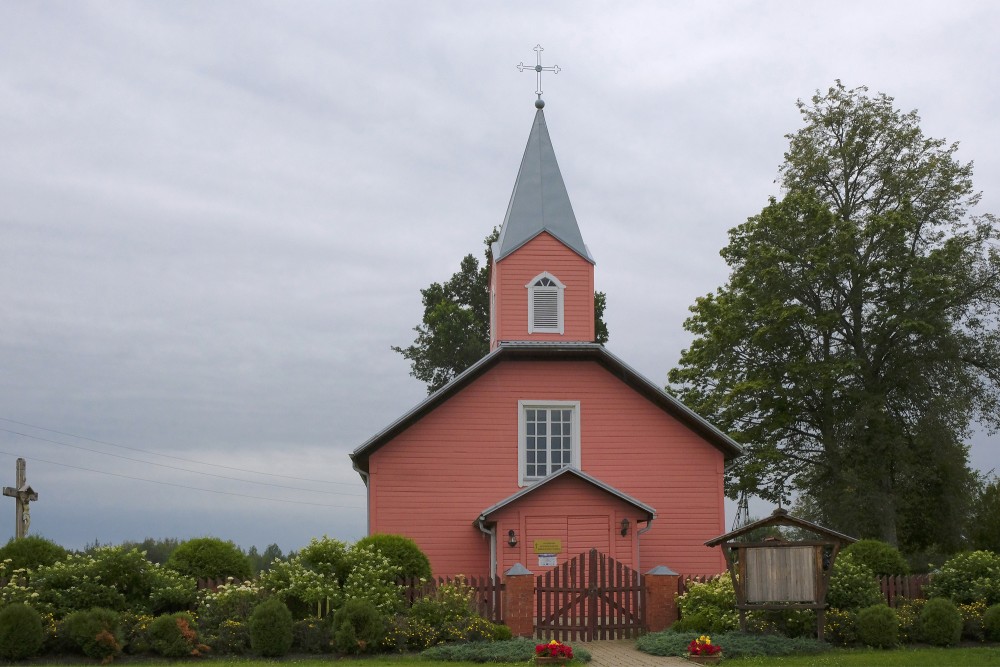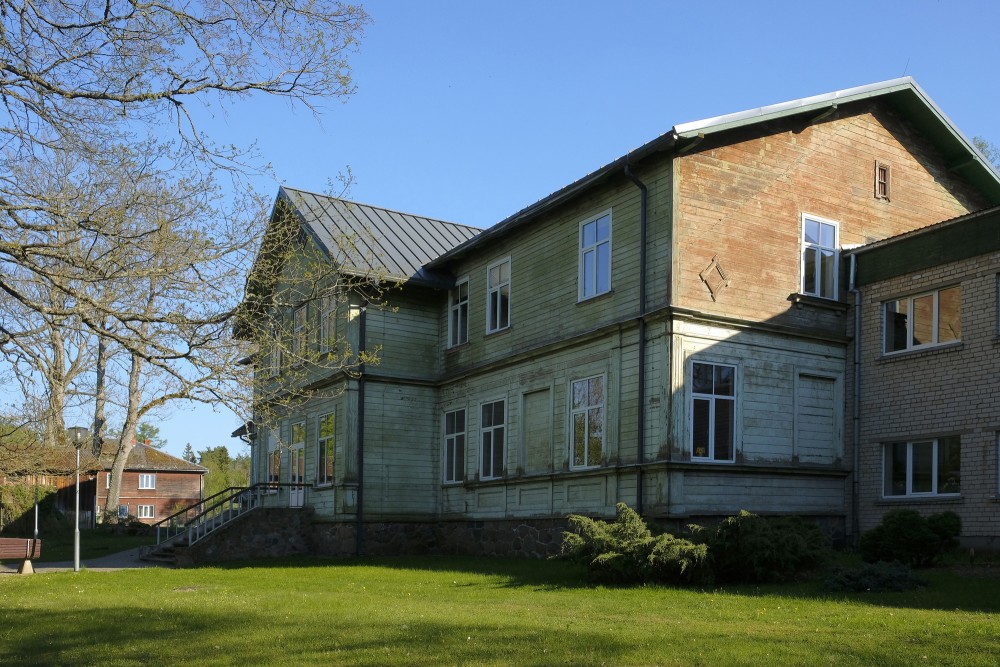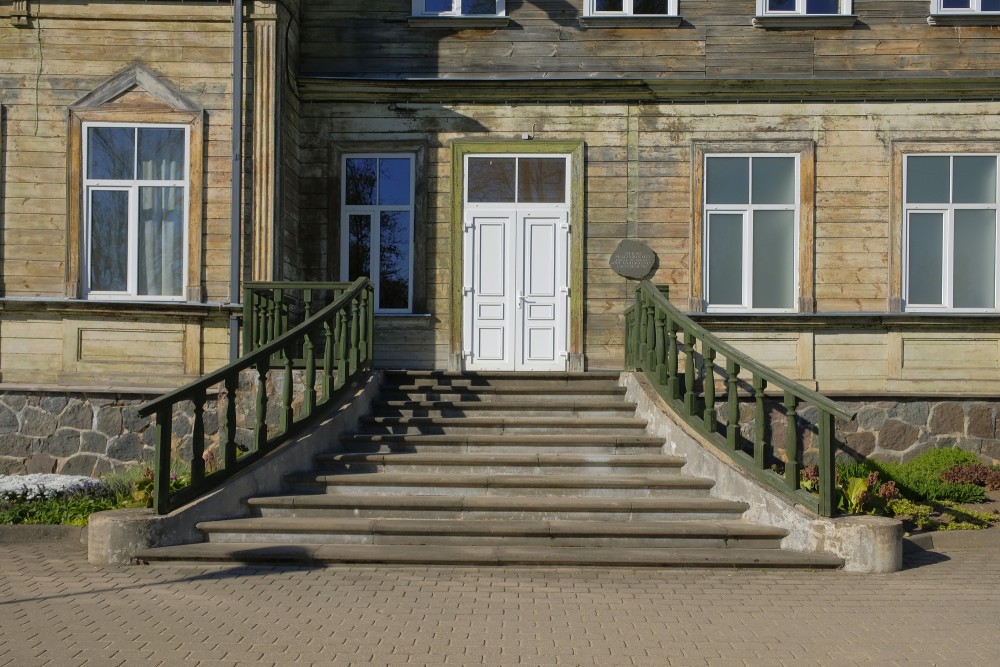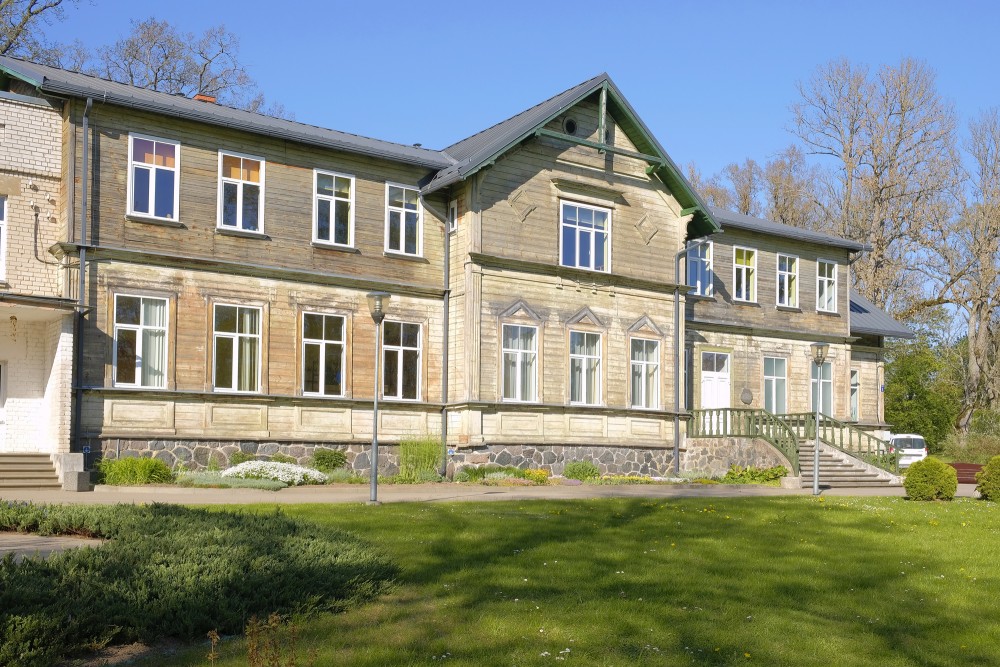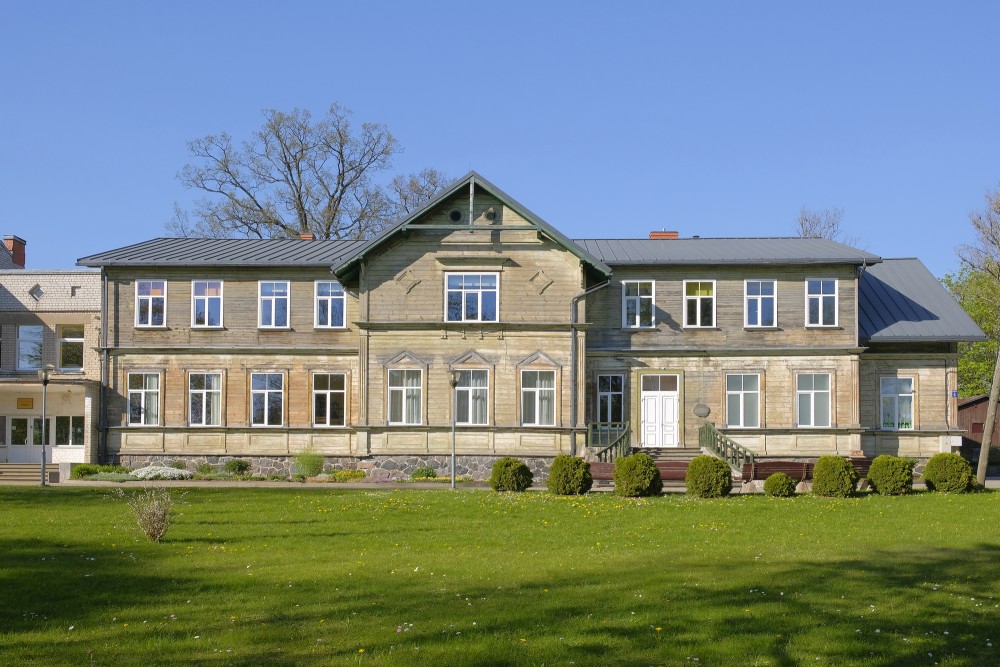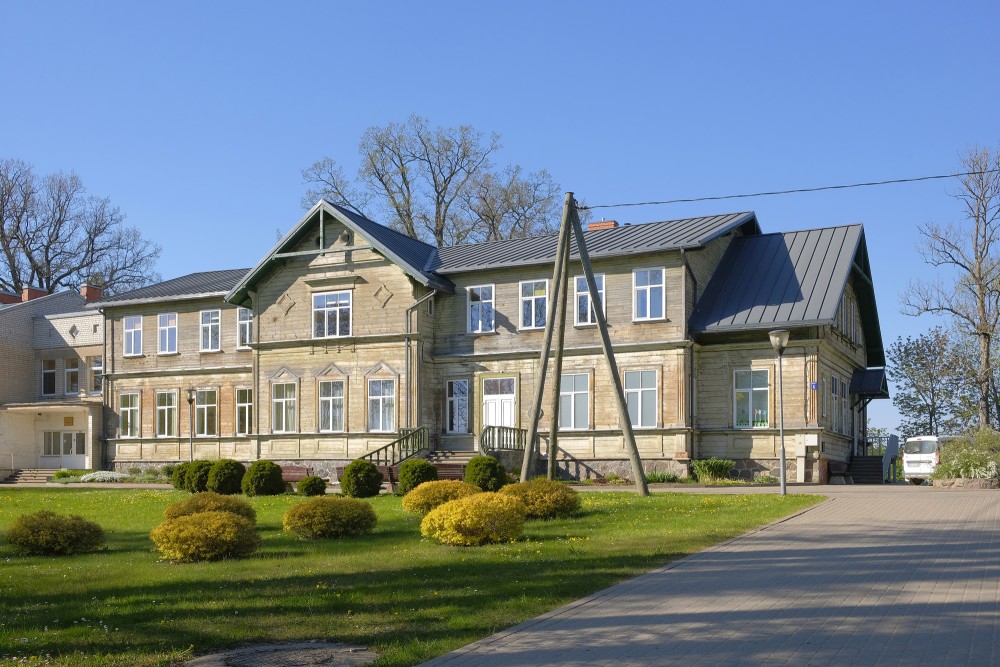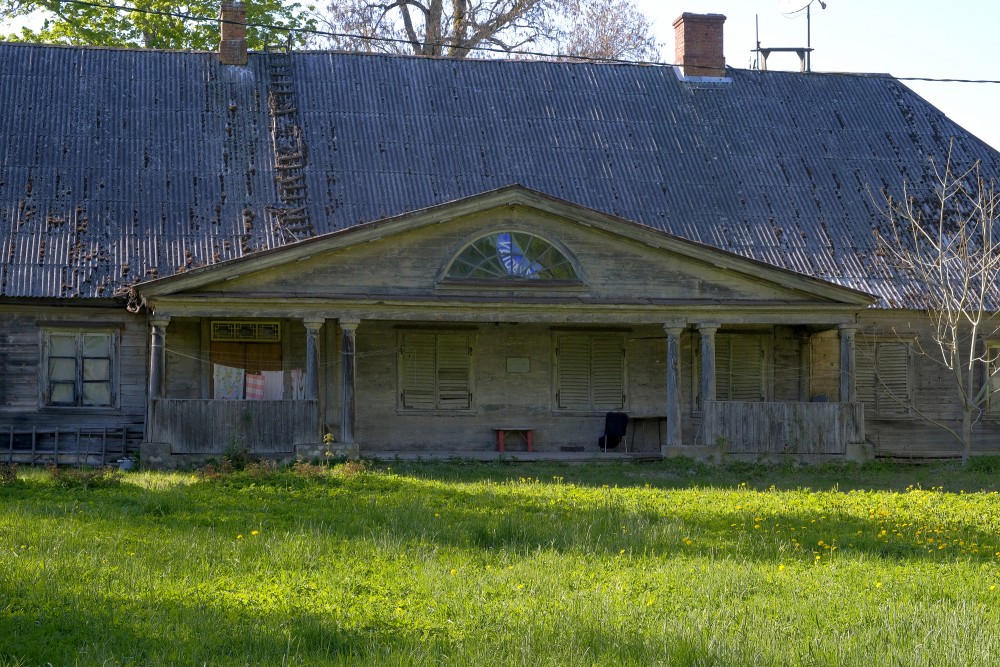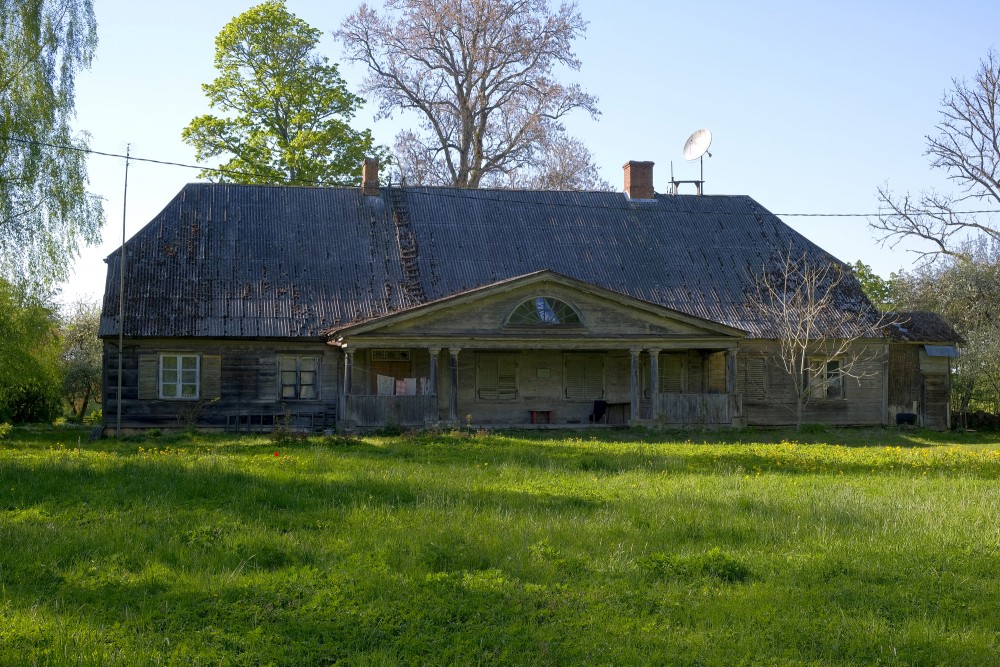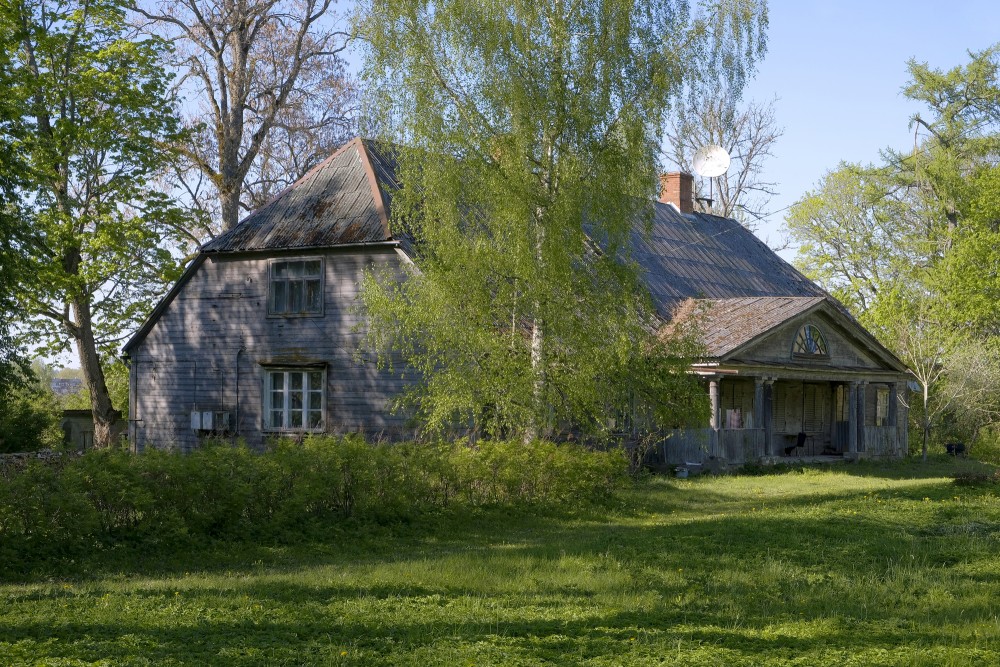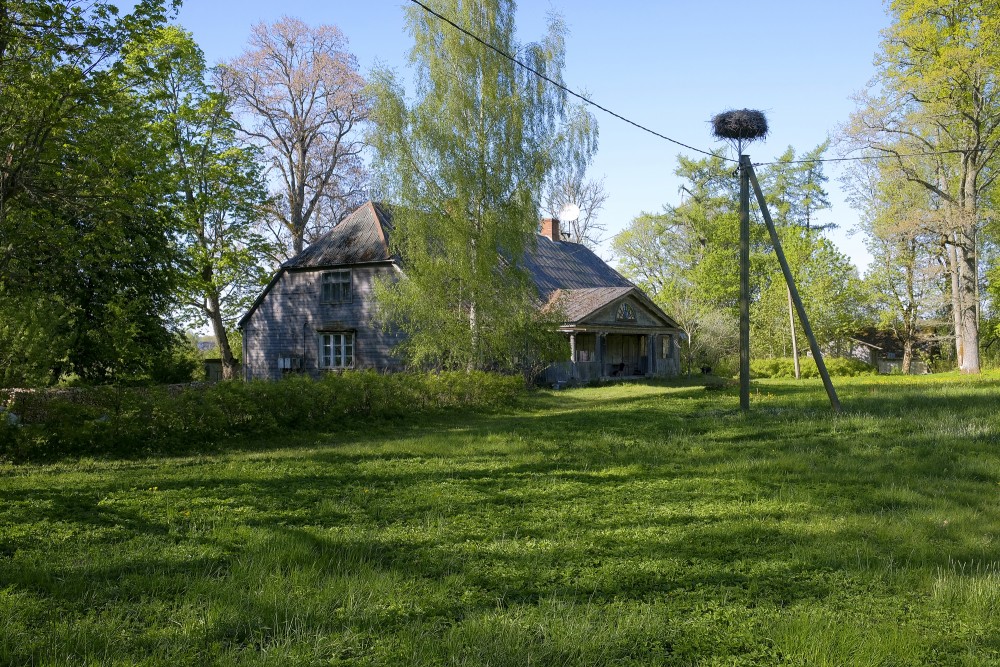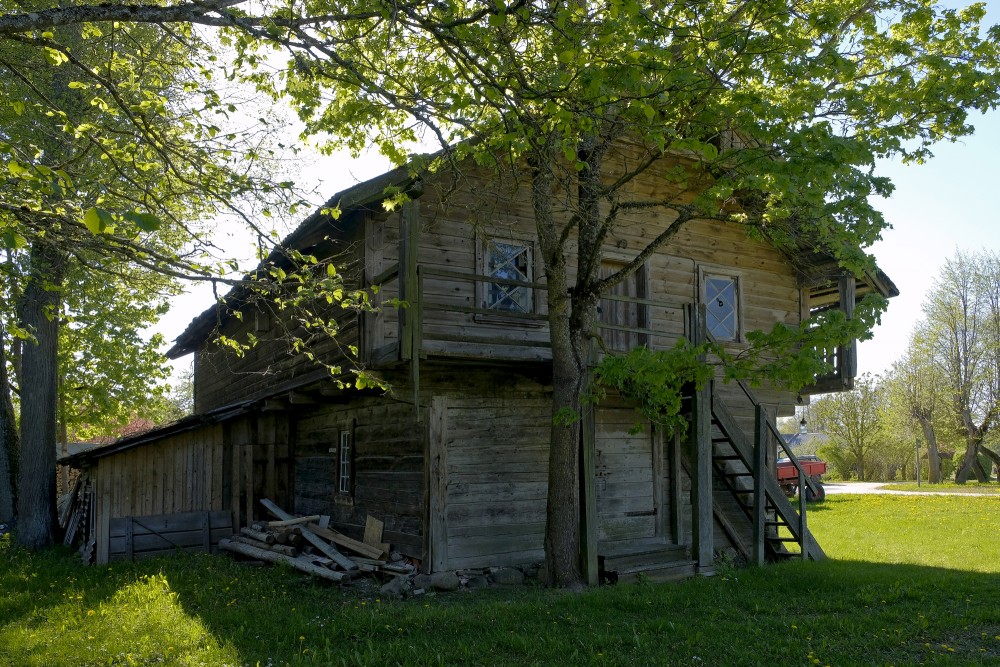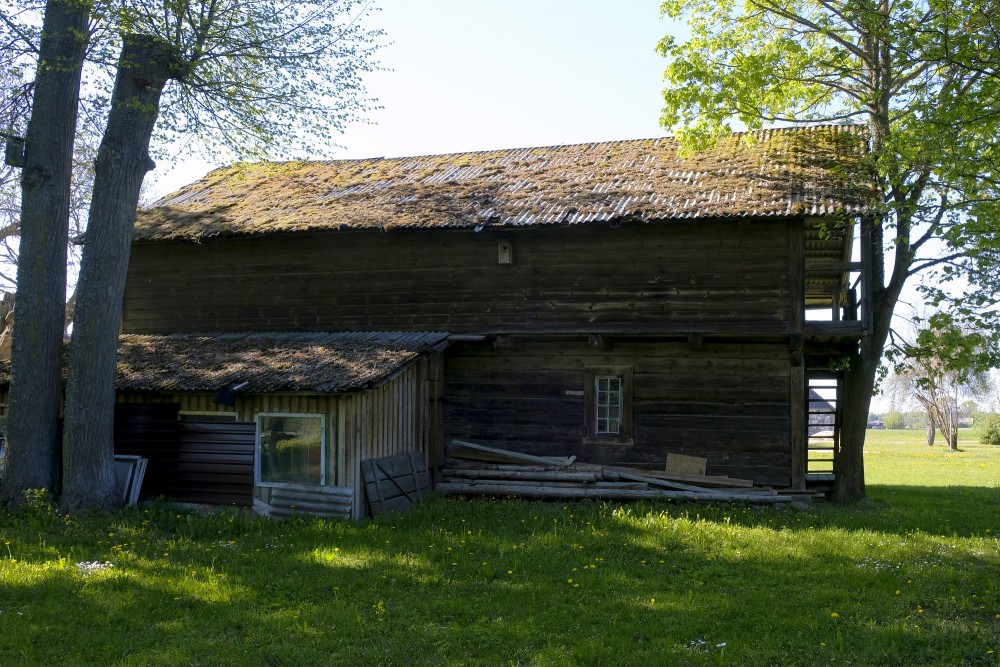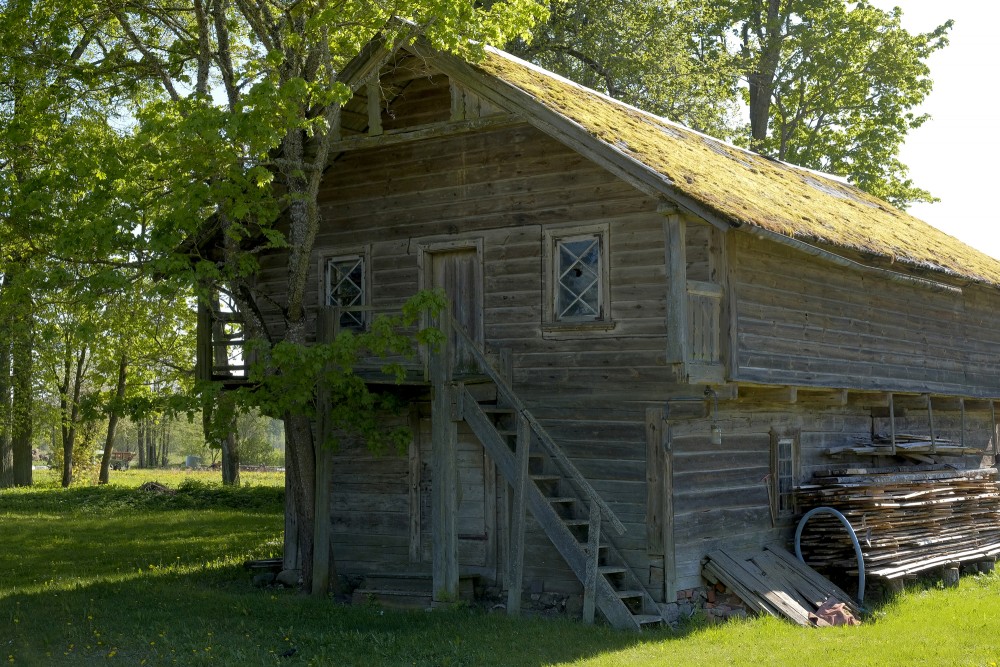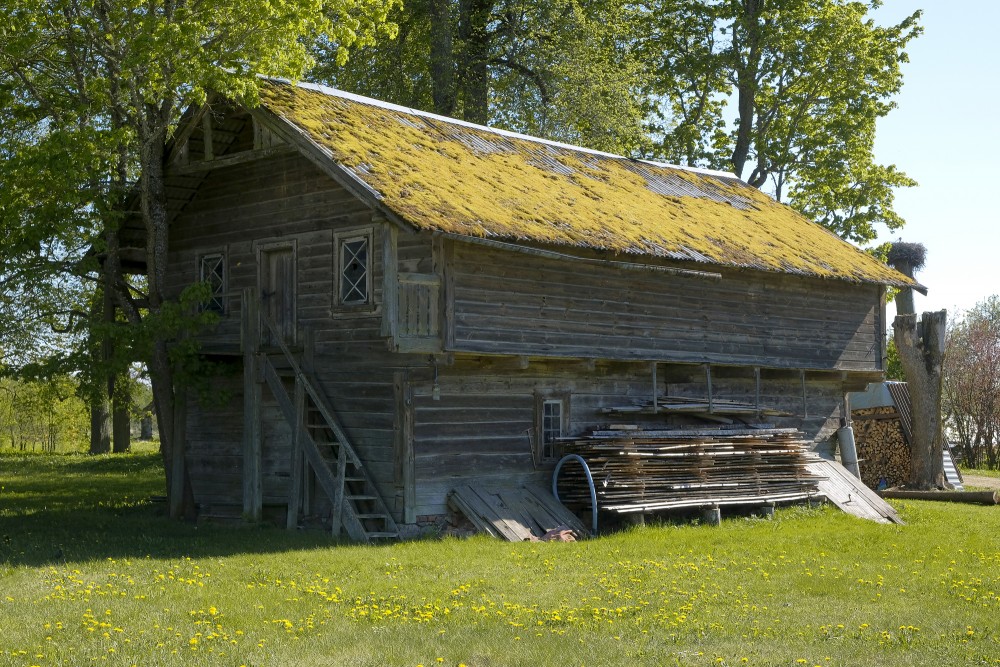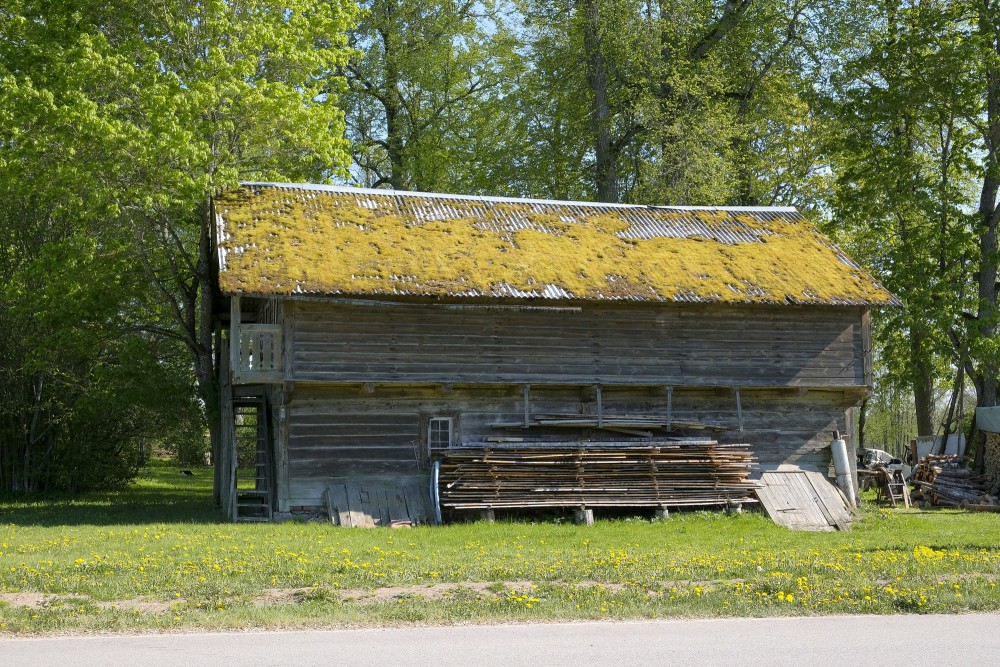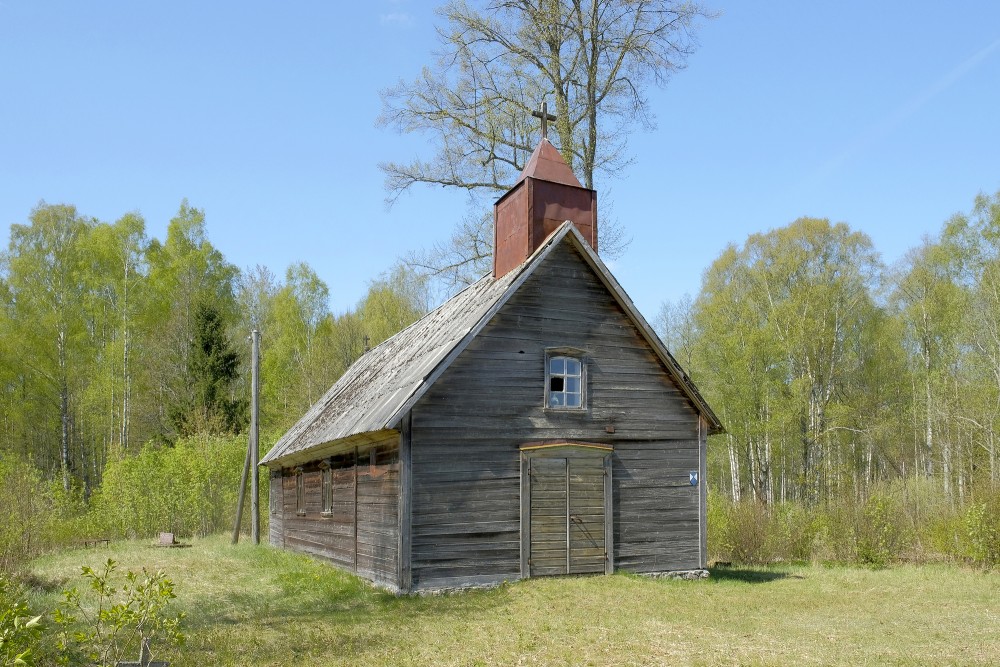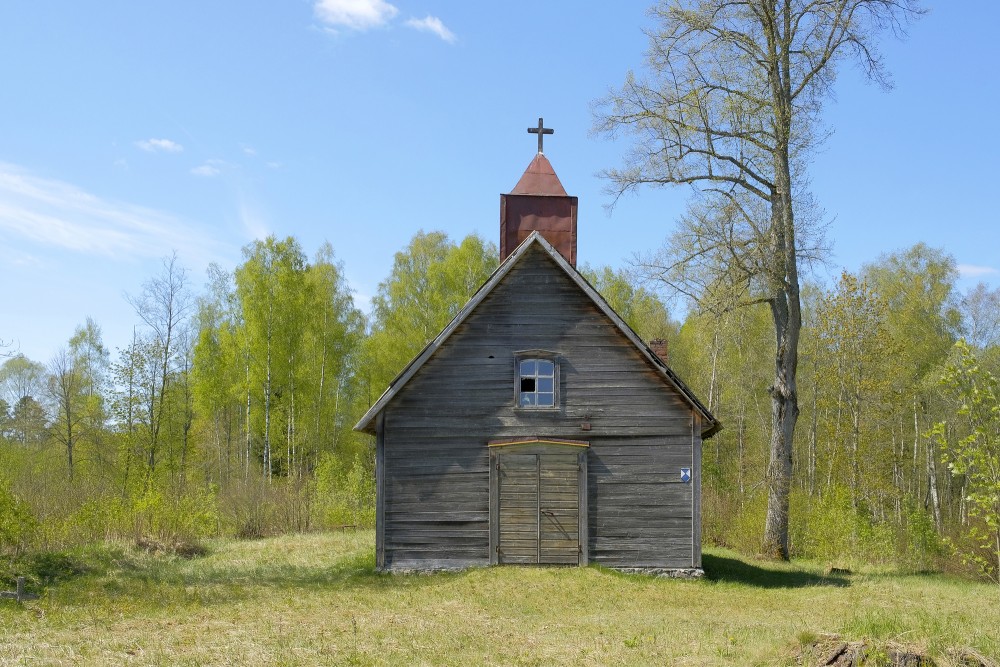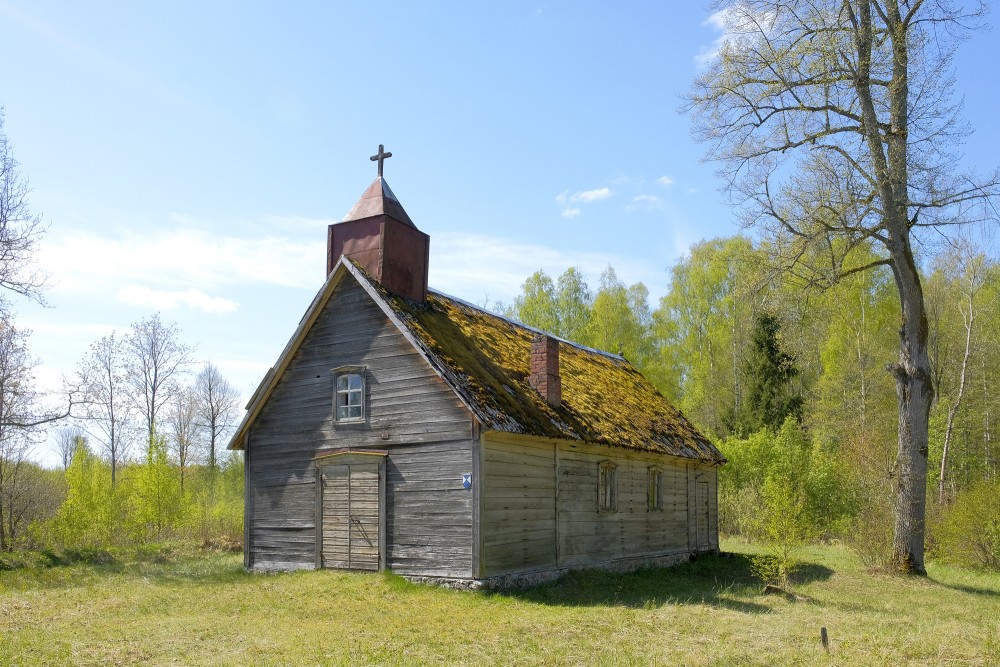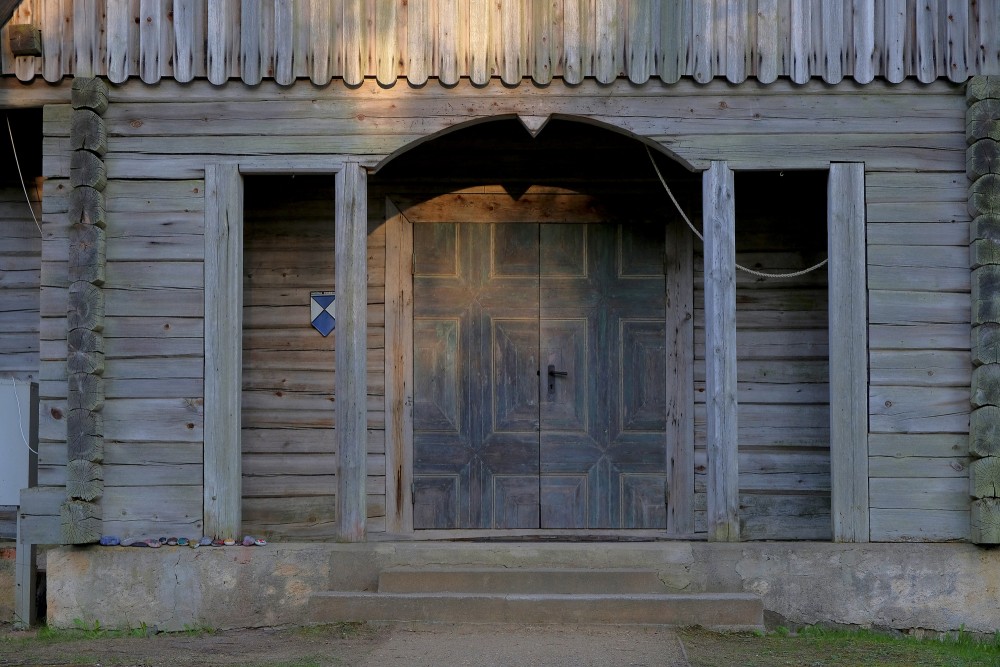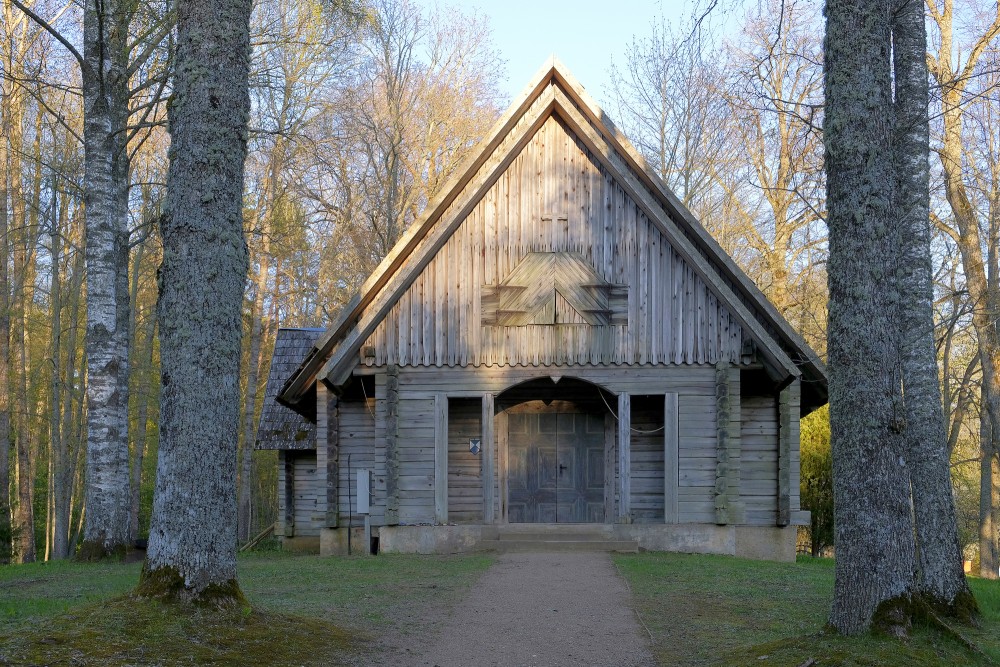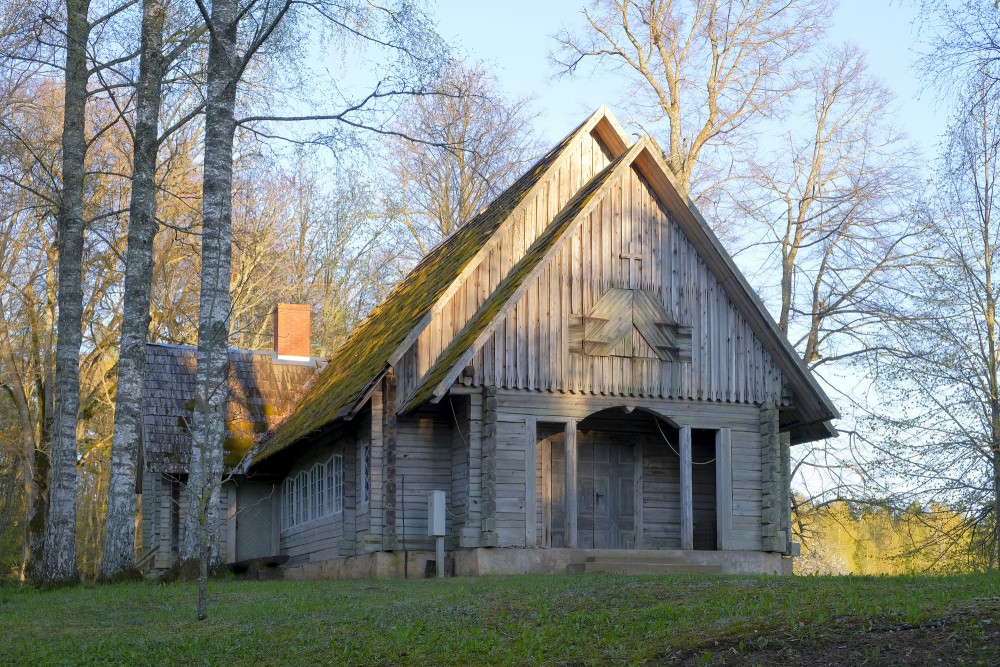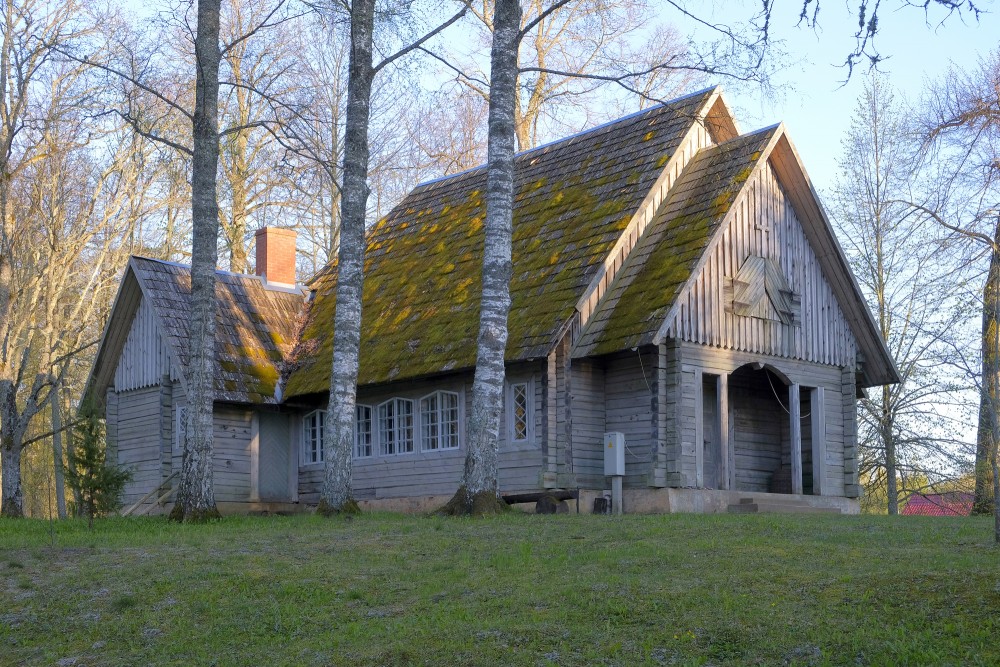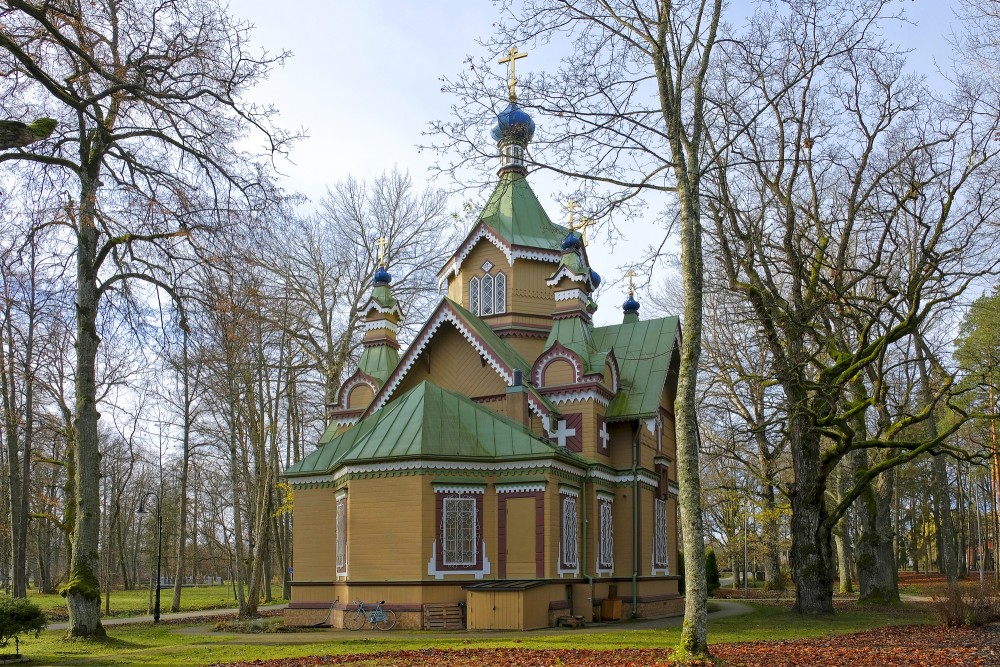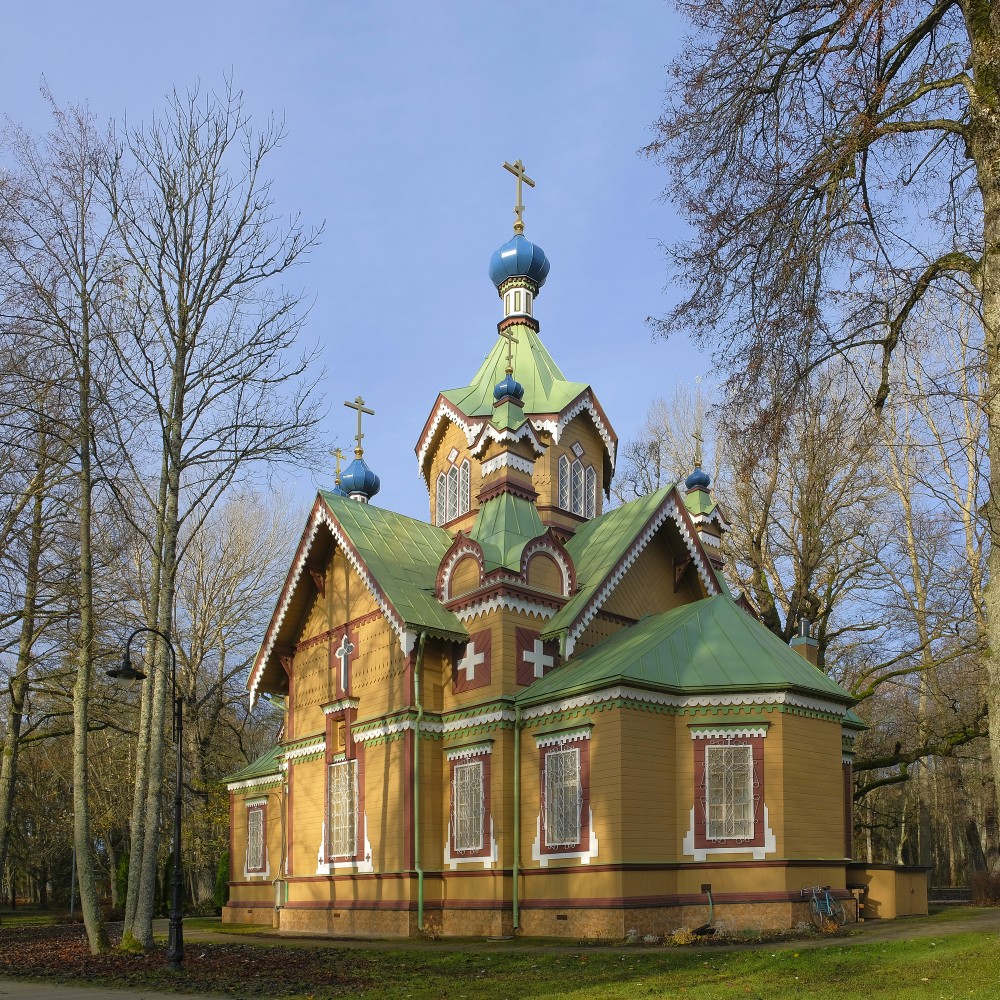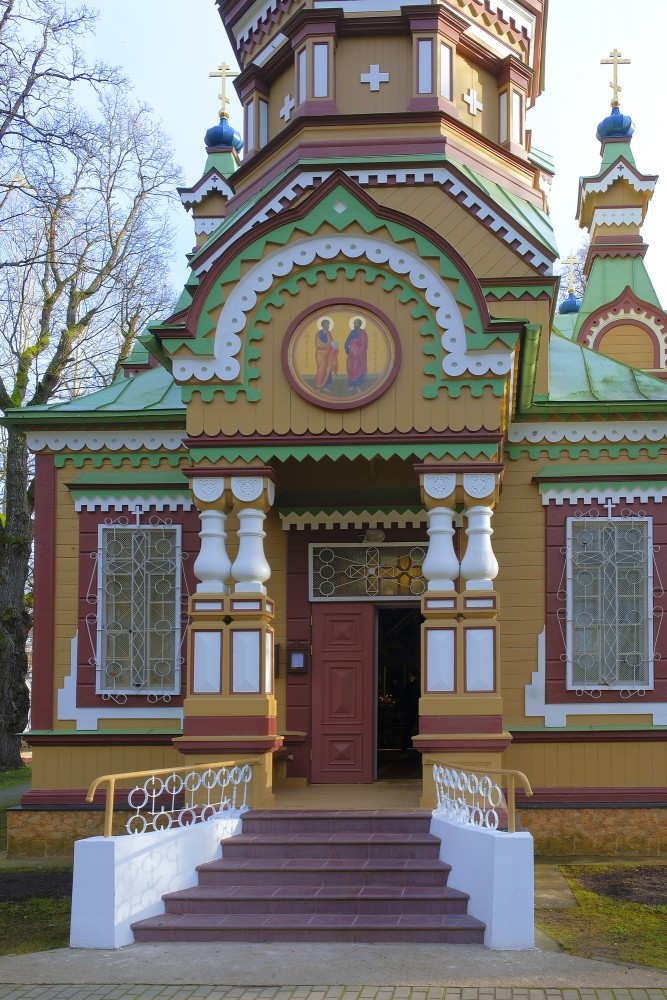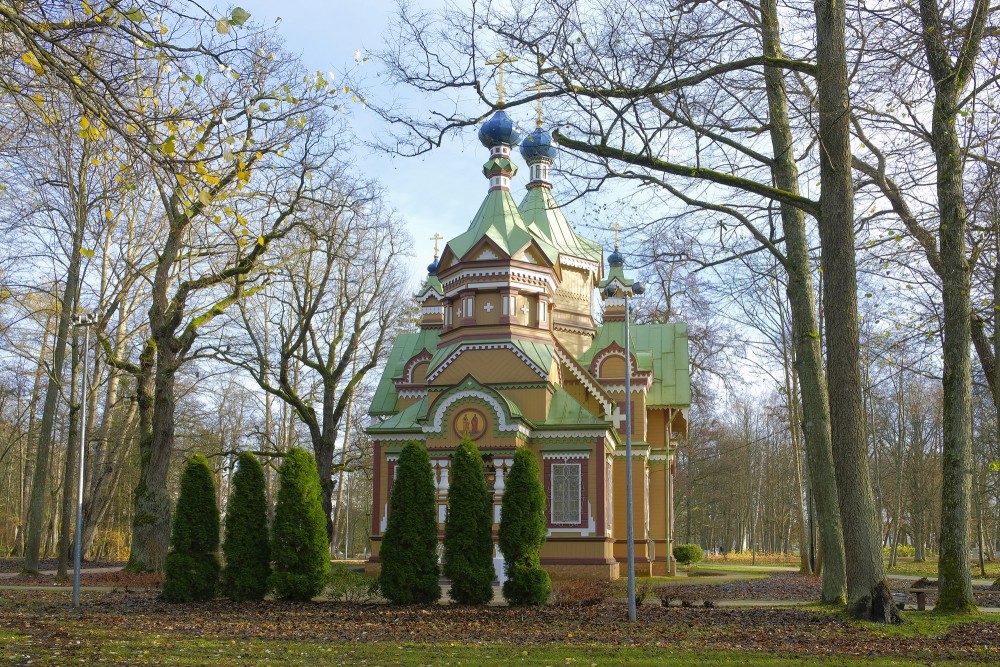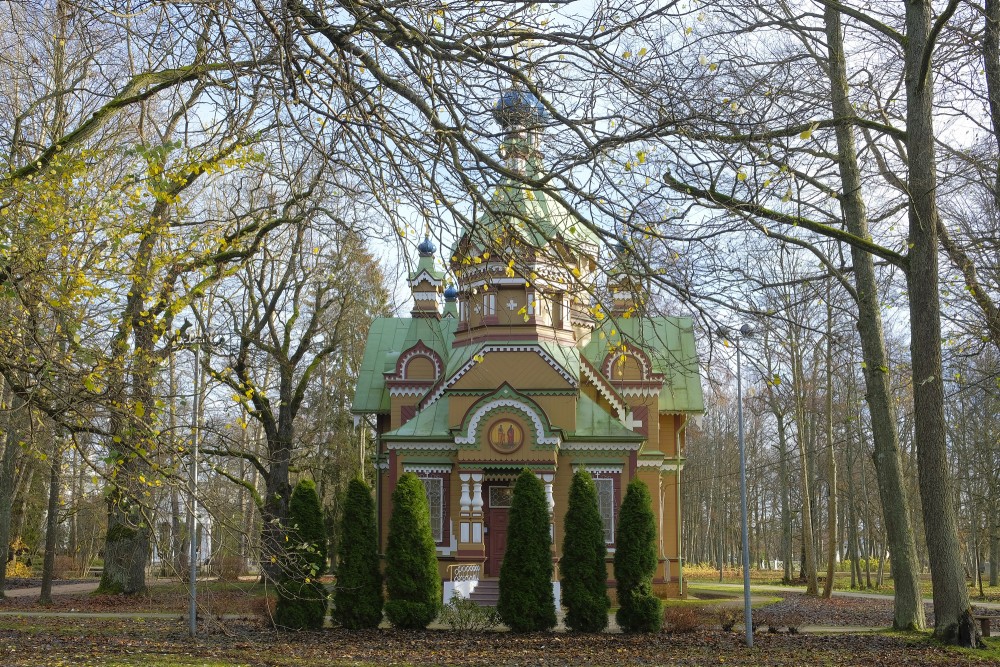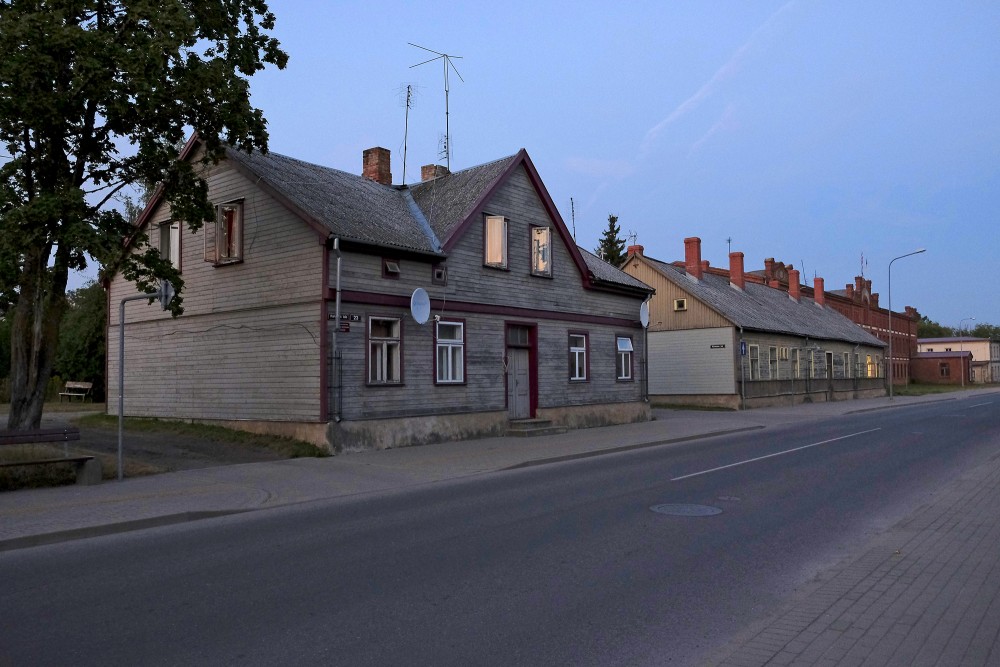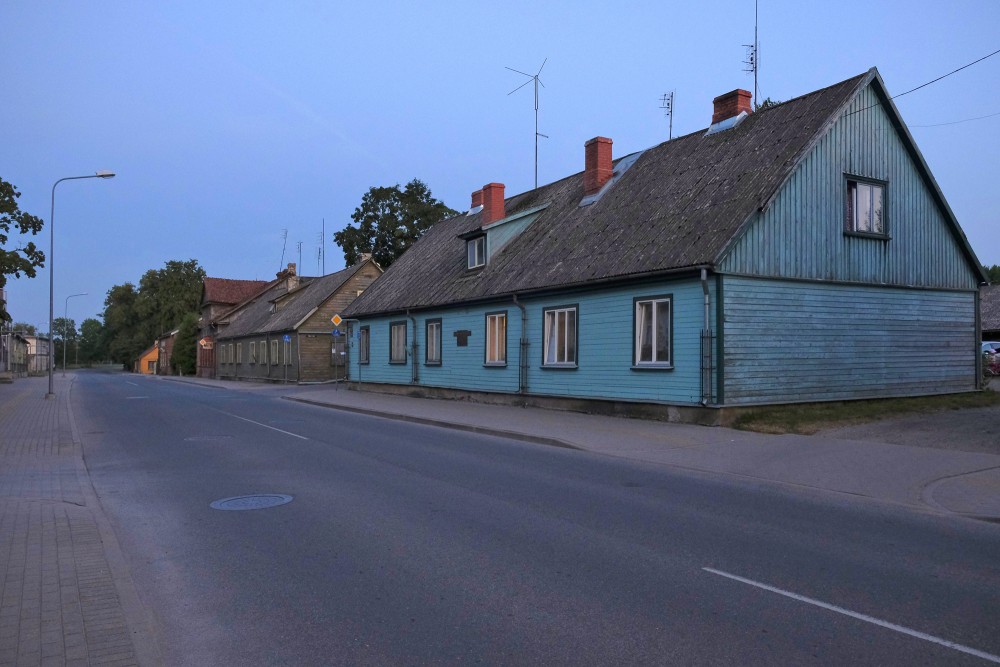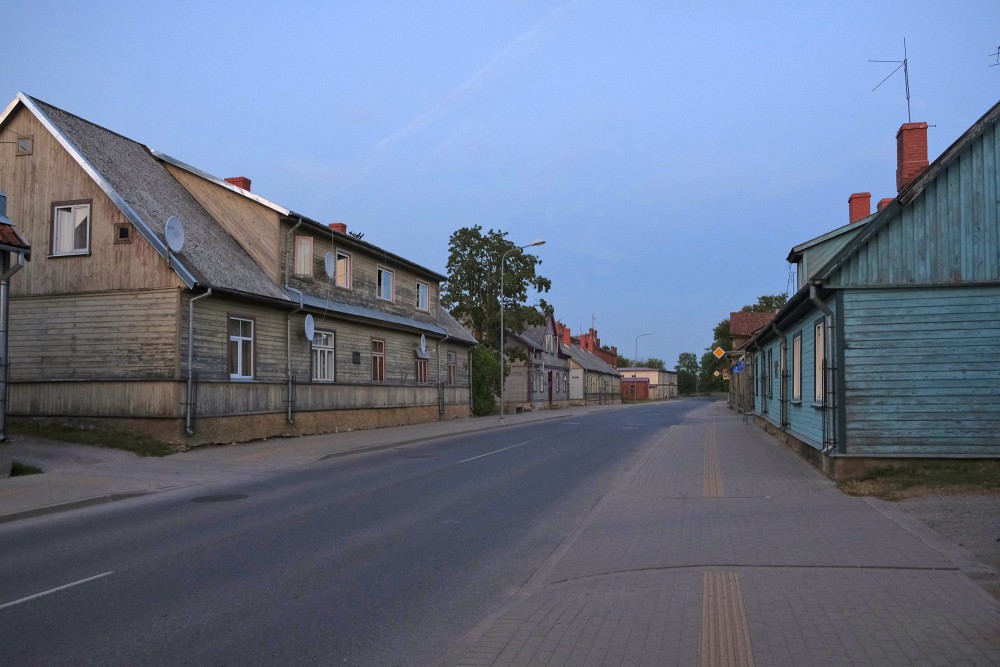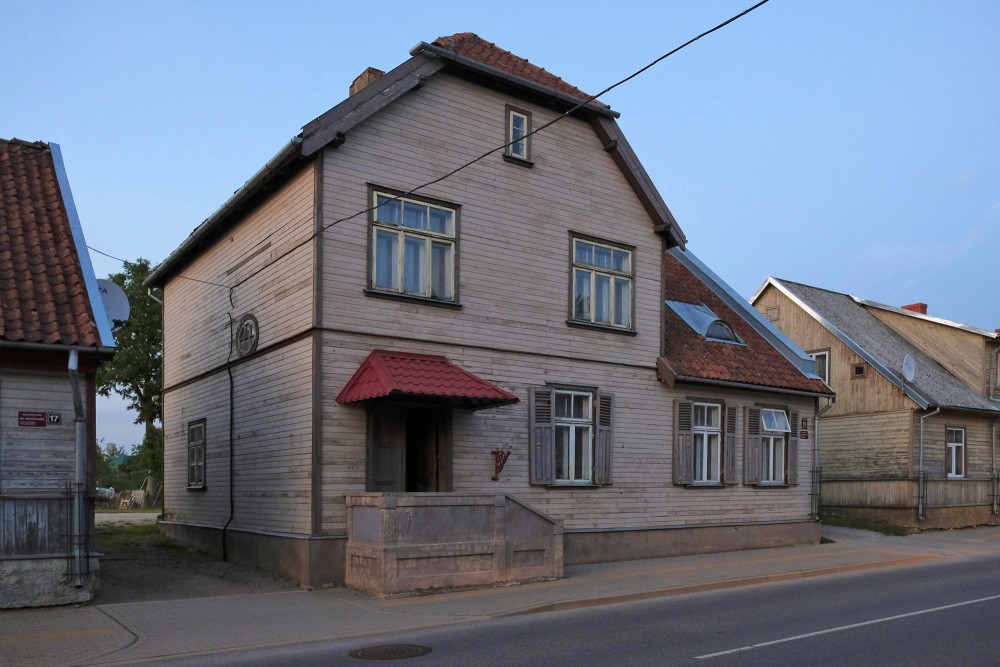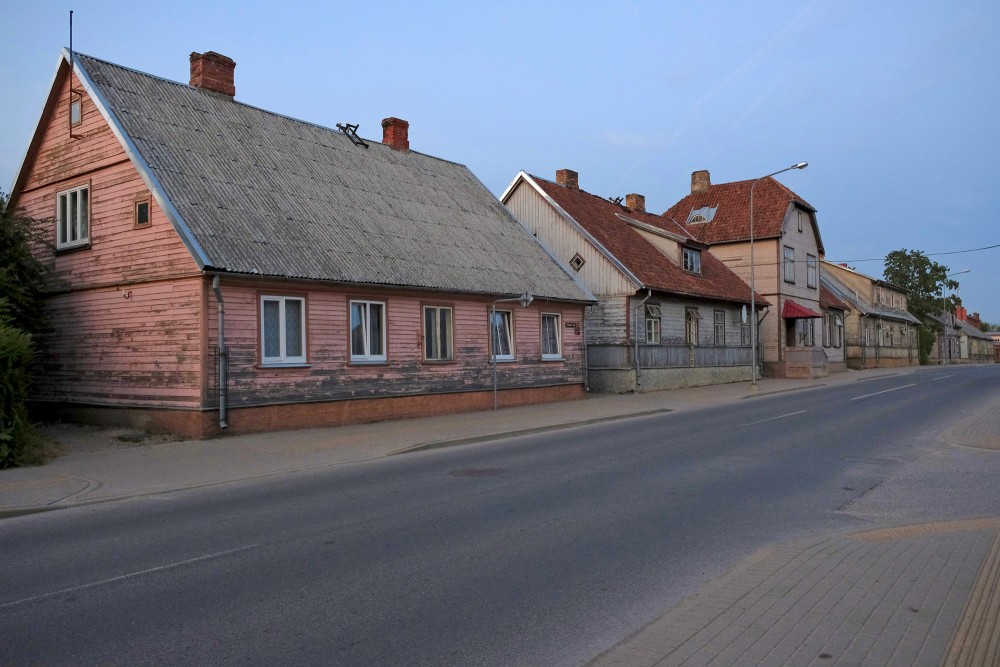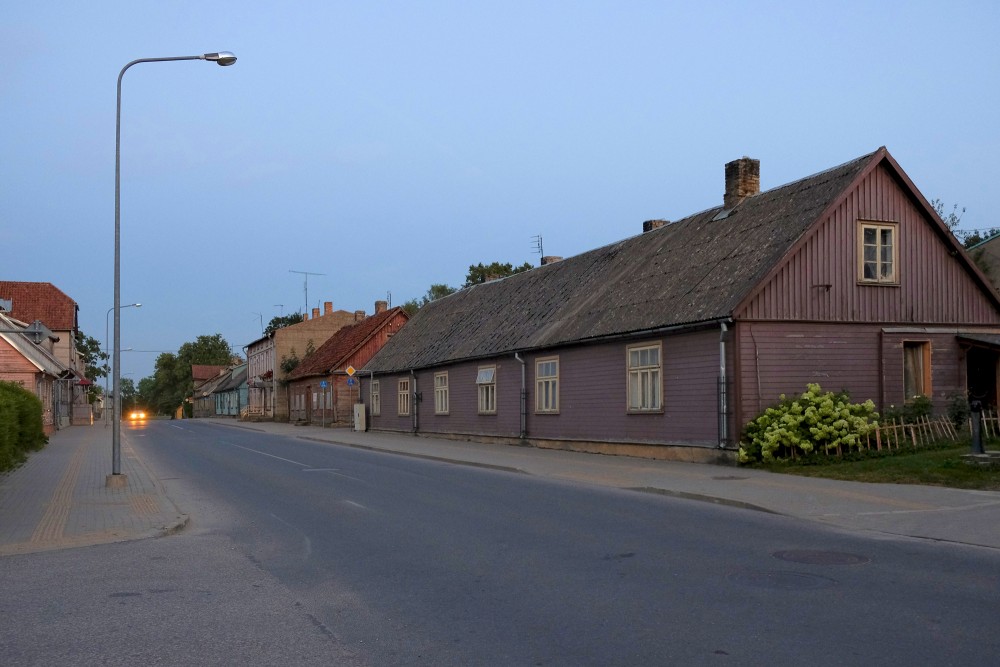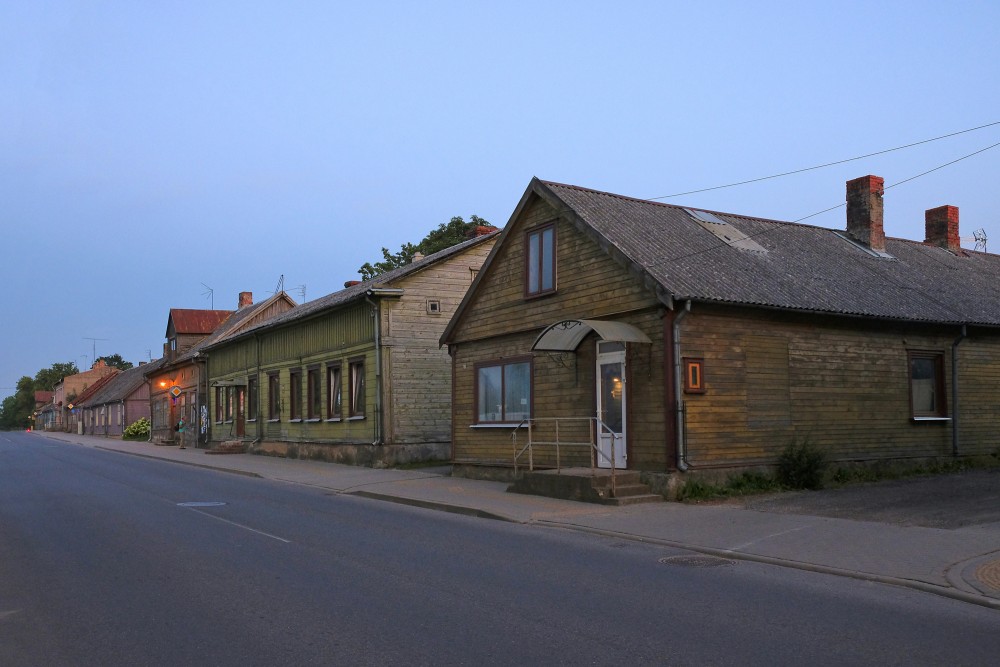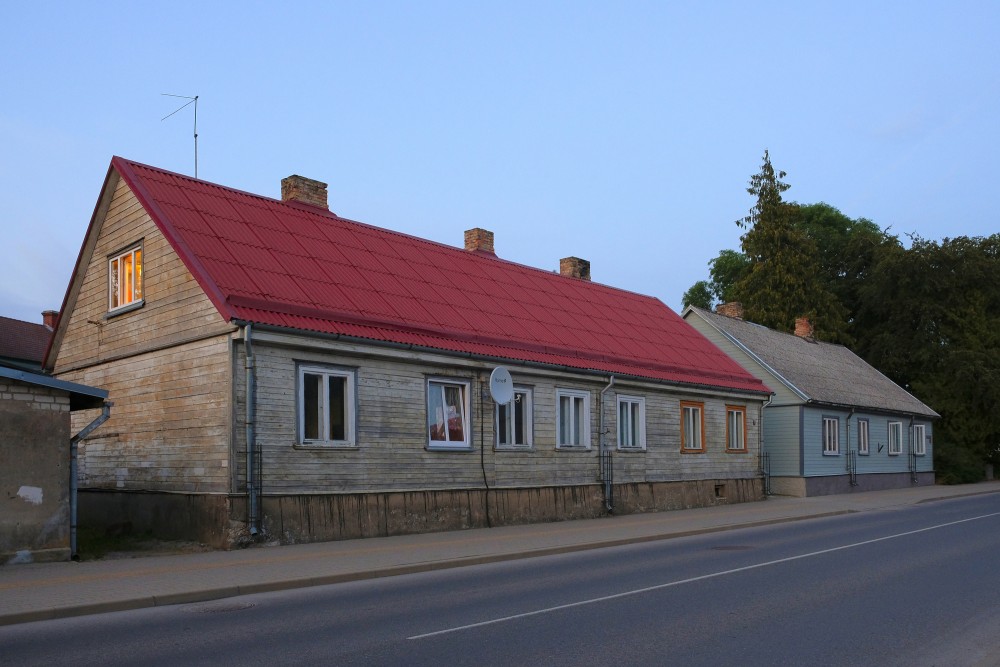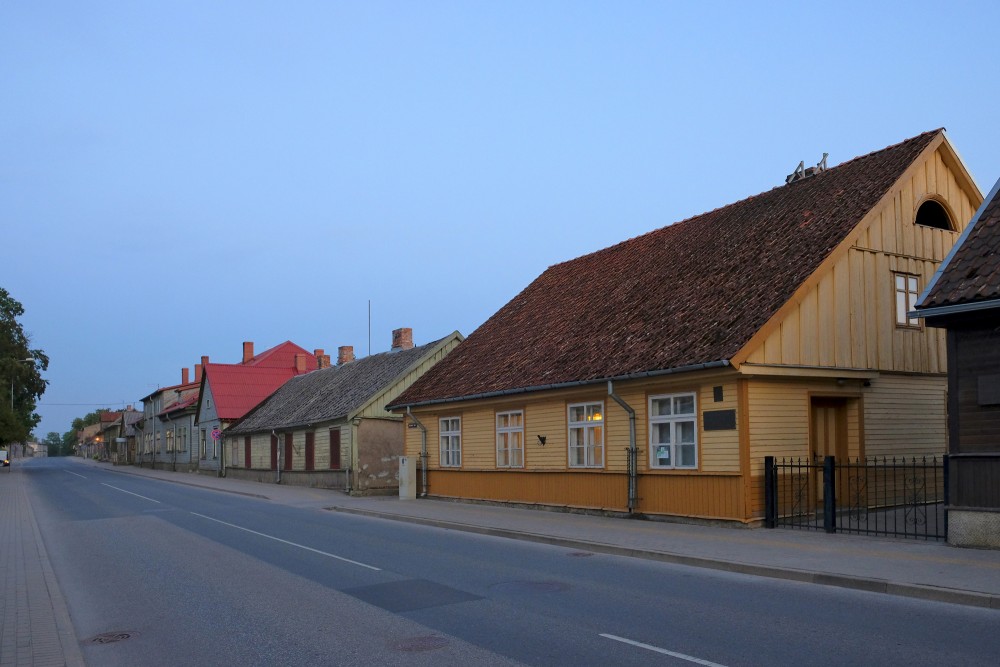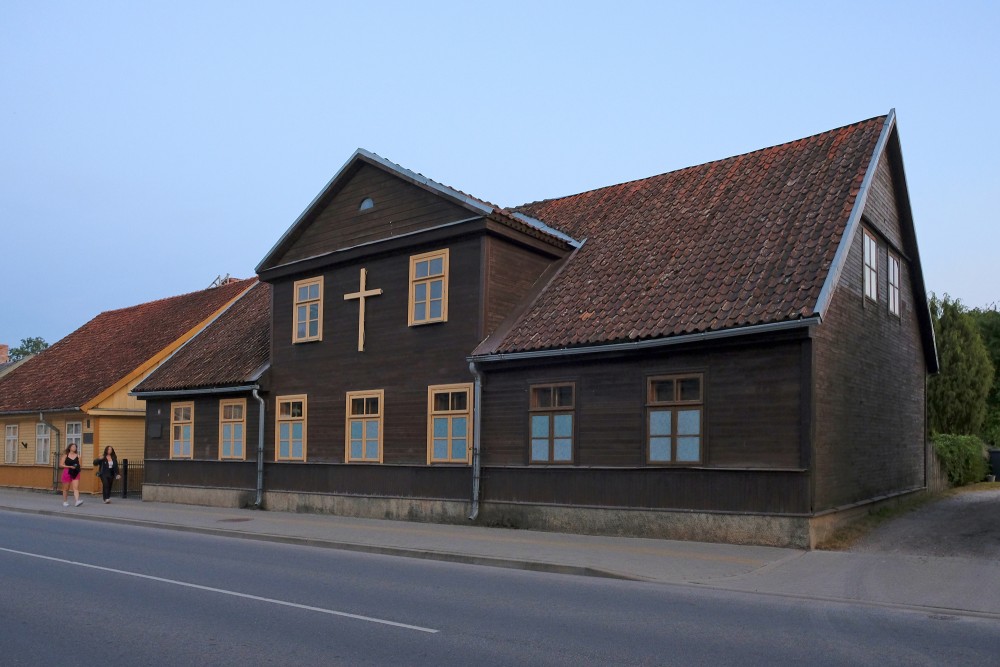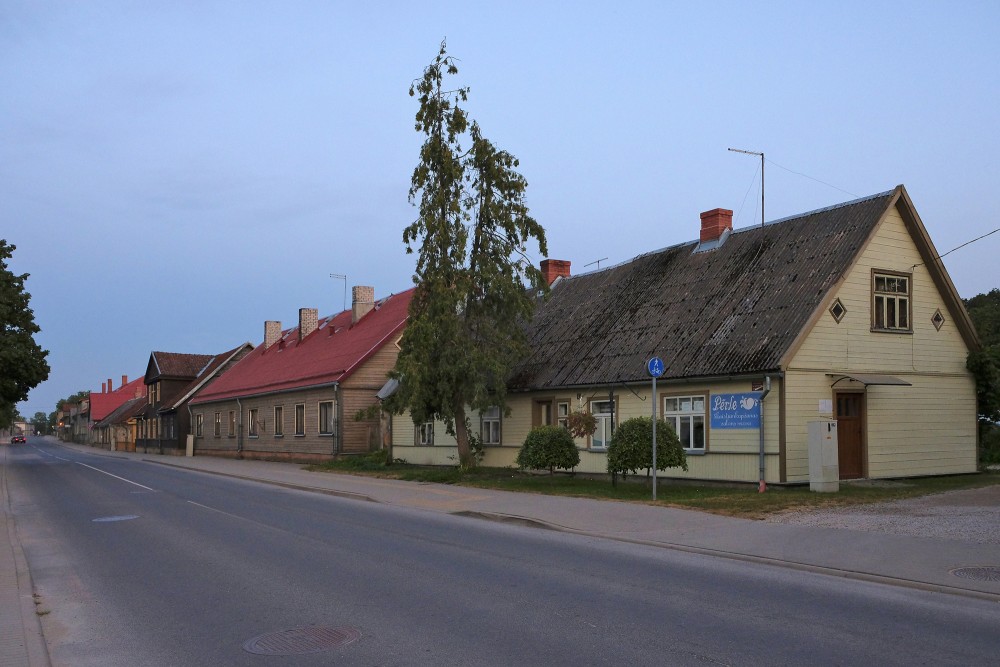Wooden architecture
Latvia is proud to have several thousand wooden buildings - from homesteads to family homes to establishments. Today, wooden architecture is not only an important part of the historic heritage of Latvia, but also the environment for multiple contemporary culture projects.
Wooden buildings in Riga are mostly found in Grizinkalns, Sarkandaugava and Kipsala neighbourhoods, as well as the Moscow section of town. However, it is Pardaugava, the part of Riga located on the left bank of the Daugava River, that is considered the centre for the utterly charming wooden architecture – and it all began in the 17th century.
During the wars and periods of unrest, wooden buildings were torched to help protect the city from invaders.
A lengthy period of peace began in Riga halfway through the 18th century, which is when grandiose wooden buildings and manor houses gradually returned to Pardaugava. There was plenty of activity in the quaint fishing villages on the Daugava, and that is when wooden architecture, still characteristic of this part of Riga, was created.
Unlike other European capital cities, wooden architecture in Riga continued to develop up until the start of World War II. Less than a century ago, there were around 12,000 wooden buildings in Riga, of which approximately 4,000 have survived to this day, the oldest of which were built at the end of the 18th century.
Homesteads in Latvia normally mean individual farms, which are considered the cradle of Latvian culture and traditions. Most homesteads were built of wood, with roofs made of straw, planks, woodchips, or reed. These days, many such homesteads have become popular tourist attractions.
www.latvia.travel/en
Latvian vernacular (folk) architecture is wooden and limited to villages.
For centuries, Latvian villagers would build their own homes by their own hands out of timber they would collect in nearby forests (and cover the roof with thatch). The homes and other farmstead buildings were relatively simple and families often lived in cramped conditions. However, they still had some unique architectural details, especially the iconic forms of the gabled roofs.
Because Latvia was conquered by German knights as early as 13th century, architectural styles imported from Germany displaced the Latvian vernacular architecture from towns and cities. Therefore you would see few churches or other larger buildings built in the vernacular style, although some exist in villages.
Even Latvian vernacular wooden homes are relatively rare, as they were prone to fires as well as demolition when they would become dated. For the past century, they also been associated with a poor life as they typically lacked amenities. The later vernacular homes (beginning in 19th century) also often included details of the “urban” styles, such as neo-classical or historicist.
Neo-Classical architecture imitates the architecture of ancient Rome and ancient Greece. The style was popular in Latvia ~1750-1850 and the streets still have more Neo-Classical buildings than buildings constructed according to any earlier style. Neo-classical was even adopted for wooden buildings.
That said, Latvian vernacular architecture with its gabled roofs did influence the Art Nouveau architecture of Latvian national awakening era (19th century).
In addition to Latvian vernacular architecture, there are some Russian vernacular architecture buildings constructed in Latgale (Eastern Latvia) by Old Believer migrants of 18th century. While also wooden, they have a somewhat different style.
www.onlatvia.com
http://www.onlatvia.com/vernacular-architecture-1538
Continue reading